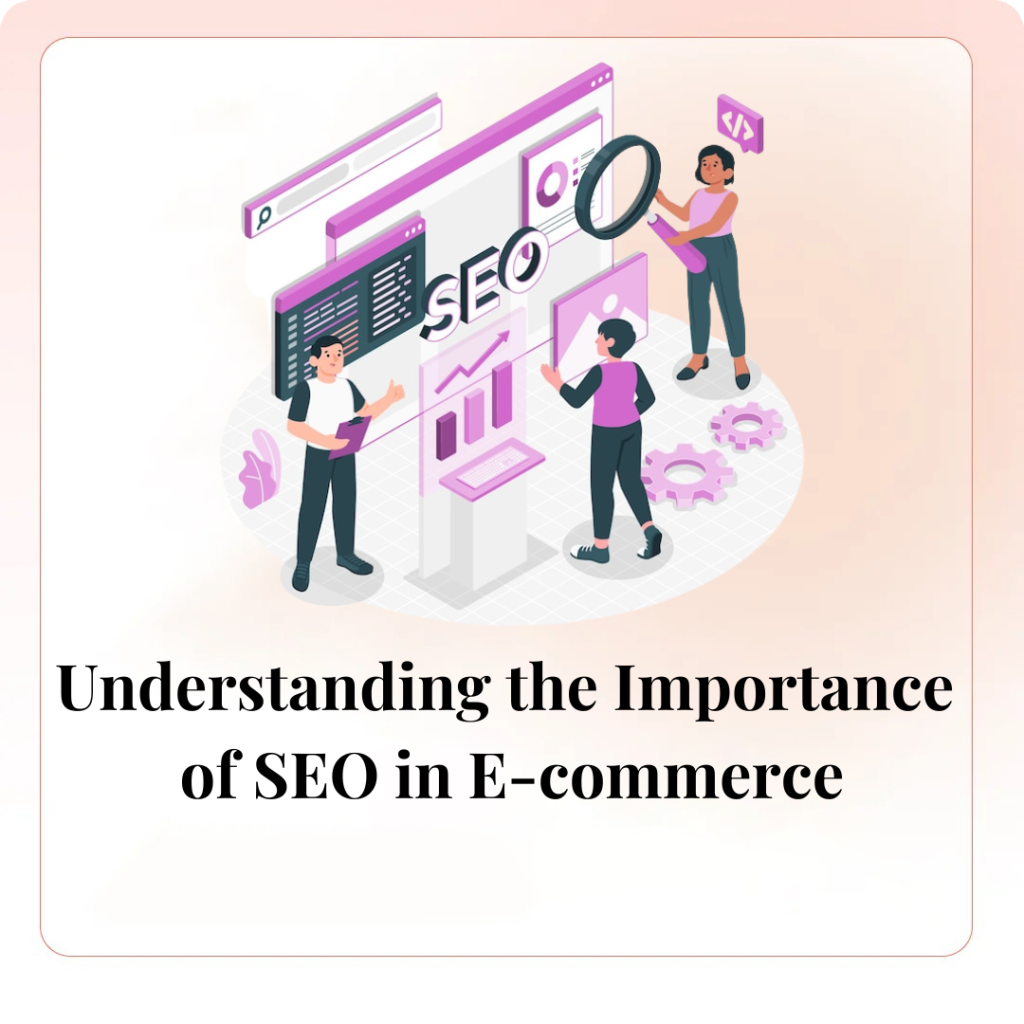In the competitive world of e-commerce, building brand awareness is crucial for attracting and retaining customers. Search Engine Optimization (SEO) plays a vital role in enhancing your brand’s visibility and credibility online. This blog explores how SEO can help e-commerce businesses build brand awareness and outlines effective strategies for success.
1. Understanding the Importance of SEO in E-commerce
SEO is the process of optimizing your website to rank higher in search engine results pages (SERPs). For e-commerce businesses, higher rankings mean increased visibility, more organic traffic, and greater brand recognition. By appearing at the top of search results, you position your brand as a leader in your industry, which builds trust and credibility with potential customers.

2. Keyword Research and Optimization

Keyword research is the foundation of any successful SEO strategy. Identify relevant keywords that your target audience is searching for and optimize your website content accordingly. Key steps include:
- Keyword Analysis: Use tools like Google Keyword Planner, Ahrefs, or SEMrush to find high-volume, low-competition keywords.
- On-Page Optimization: Incorporate target keywords into your website’s title tags, meta descriptions, headings, and content.
- Product Descriptions: Optimize product descriptions with relevant keywords to improve search engine rankings and enhance user experience.
3. Creating High-Quality Content
Content is king in SEO. Creating valuable and engaging content helps attract and retain customers while improving your search engine rankings. Effective content strategies include:
- Blog Posts: Write informative blog posts that address common questions, provide tips, and share industry news related to your products.
- Guides and Tutorials: Develop comprehensive guides and tutorials that demonstrate how to use your products effectively.
- Customer Stories: Share customer testimonials and success stories to build trust and showcase the value of your products.
- Video Content: Create videos that highlight product features, offer demonstrations, and share behind-the-scenes looks at your brand.

4. Building Backlinks

Backlinks, or inbound links from other websites, are a critical component of SEO. They signal to search engines that your website is credible and authoritative. Strategies for building backlinks include:
- Guest Blogging: Write guest posts for reputable websites in your industry and include links back to your site.
- Influencer Partnerships: Collaborate with influencers to review your products and share their experiences with their audience.
- Press Releases: Distribute press releases about new product launches, company milestones, or industry awards to gain media coverage and backlinks.
- Resource Pages: Create valuable resources, such as industry reports or infographics, that other websites will want to link to.
5. Enhancing User Experience (UX)
A positive user experience is essential for both SEO and brand awareness. Google prioritizes websites that offer a great UX, which can improve your search rankings. Key UX factors include:
- Mobile Optimization: Ensure your website is mobile-friendly and provides a seamless experience on all devices.
- Page Speed: Optimize your website’s loading speed to reduce bounce rates and improve user satisfaction.
- Navigation: Create an intuitive and easy-to-navigate website structure that helps users find what they’re looking for quickly.
- Engaging Design: Use high-quality images, clear calls-to-action, and a visually appealing design to keep users engaged.

6. Leveraging Social Media

Social media and SEO go hand-in-hand in building brand awareness. While social media signals are not a direct ranking factor, they can drive traffic to your website and increase visibility. Effective strategies include:
- Social Sharing: Encourage users to share your content on social media platforms to reach a wider audience.
- Engagement: Actively engage with your followers by responding to comments, answering questions, and participating in conversations.
- Content Promotion: Promote your blog posts, videos, and other content on social media to drive traffic and boost SEO efforts.
Conclusion
SEO is a powerful tool for building brand awareness in the e-commerce industry. By optimizing your website for search engines, creating high-quality content, building backlinks, enhancing user experience, and leveraging social media, you can increase your brand’s visibility and credibility. Implement these strategies to achieve long-term success and stand out in the competitive e-commerce landscape.

